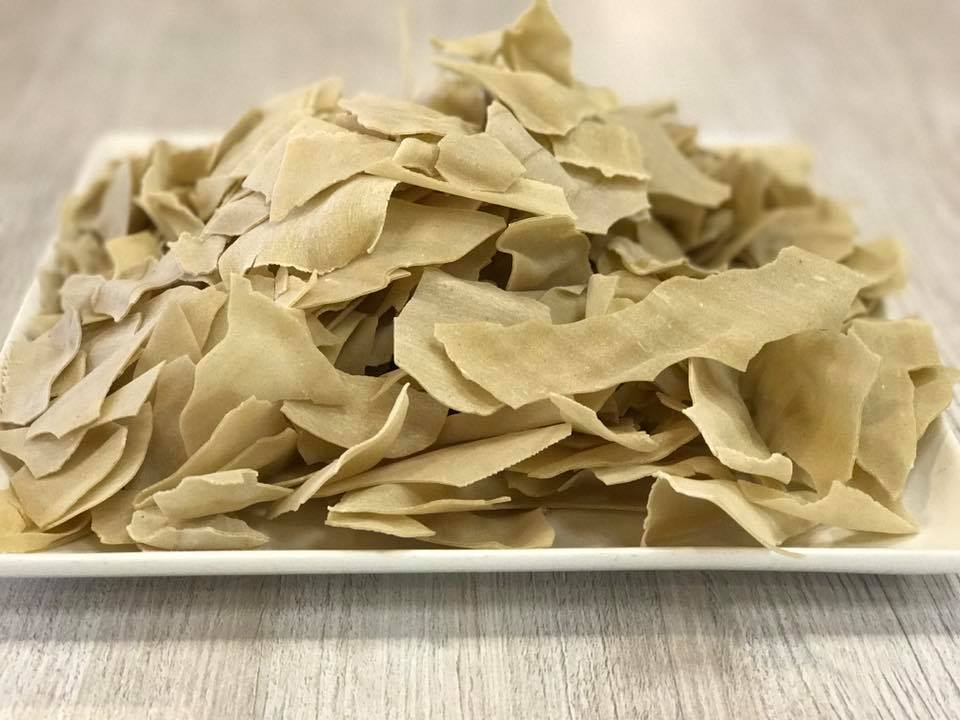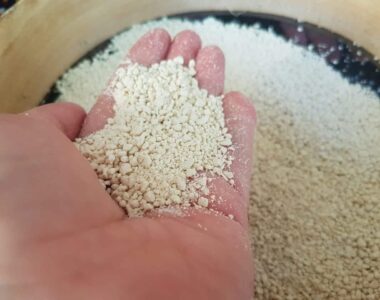
Ingredients:
Wheat Flour
eggs
salt
Water (optional)
Preparation Method
Once the flour is sieved, the eggs and salt are added (and some water, if necessary). A dough is formed and then allowed to rest for about 30 minutes before being opened out in thin layers about 40-50 cm in diameter. These sheets of dough are laid out on tables or other flat surfaces, covered with cotton tablecloths, and left to dry. These sheets of dough are laid out on tables or other flat surfaces, covered with cotton tablecloths, and left to dry. Once completely dry, the pasta is broken into pieces and placed in linen or cotton sacks, which are stored in a cool, dry place. In the old days, when petka were made from scraps of pie dough, they contained no egg, but when they started being made as a separate item, eggs became the main ingredient, as they gave the petka a better flavor and denser consistency. Women and girls have traditionally been responsible for the preparation of petka. Petka is a type of pasta, prepared mainly as a provision for the winter. Its history stretches back at least 200 years and it is associated especially with Korçë, Pogradec, and Permët in southeastern Albania.
Petka originates from the tradition of cooking pies, which was especially important during weddings, most often celebrated in the fall, after the harvest season. Preparing the pies took a long time, as they were all made by hand. During this process, the bits of dough cut from the edges of the pie crust as they were places in baking pans would accumulate. The housewives did not throw these scraps of dough away, but dried and collected them in linen or cotton sacks (even pillow cases) and then cooked them during the winter. Petka were a necessity and were highly demanded by children due to their delicious taste and short cooking time. Over the years, housewives took to preparing petka in late summer when it was easy to dry them outdoors. During the Communist period and through the 1990s, petka continued to be made and cooked in Albanian households. More recently, as a result of the growing appreciation for typical local products, petka have started to appear in new specialty stores (e.g. for organic or traditional products), mainly in Tirana and in Korçë and Pogradec. Even though petka remain popular, very few families continue to produce them for domestic consumption, so there is a high risk that the tradition of making petka at home will be lost, along with the old production techniques and associated knowledge.
Source: ‘Arka e Shijes’, Dhurata Thanasi (Luga e Argjendtë)





